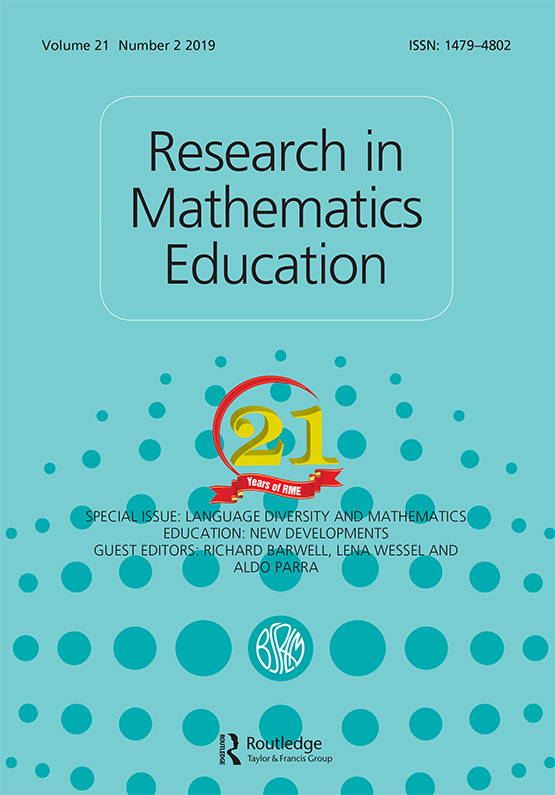tandfonline.com har udgivet en rapport under søgningen „Teacher Education Mathematics“:
ABSTRACT
ABSTRACT
International comparisons of languages have shown how mathematical concepts can be expressed and conceptualised in different languages. For multilingual students, these findings raise the question of how the interplay of languages and conceptualisations shape multilingual learning processes. This paper presents an investigation of case studies of bilingual learning processes of Turkish–German speaking students in Grade 7. Investigating the conceptual learning pathways of 14 focus students reveals that multilingual students navigate between different conceptualisations of fractions across both languages. To account for how these multilingual resources can provide opportunities for deepening conceptual understanding of fractions, two bilingual modes are distinguished and empirically substantiated: (1) The complementarity mode, in which code switching occurs for combining different nuances of a conceptualisation, and (2) the connection mode, in which (a) nuances travel across the languages or (b) languages are locally combined in translanguaging practices. Both modes contribute to multiperspective views on the part-whole concept.
